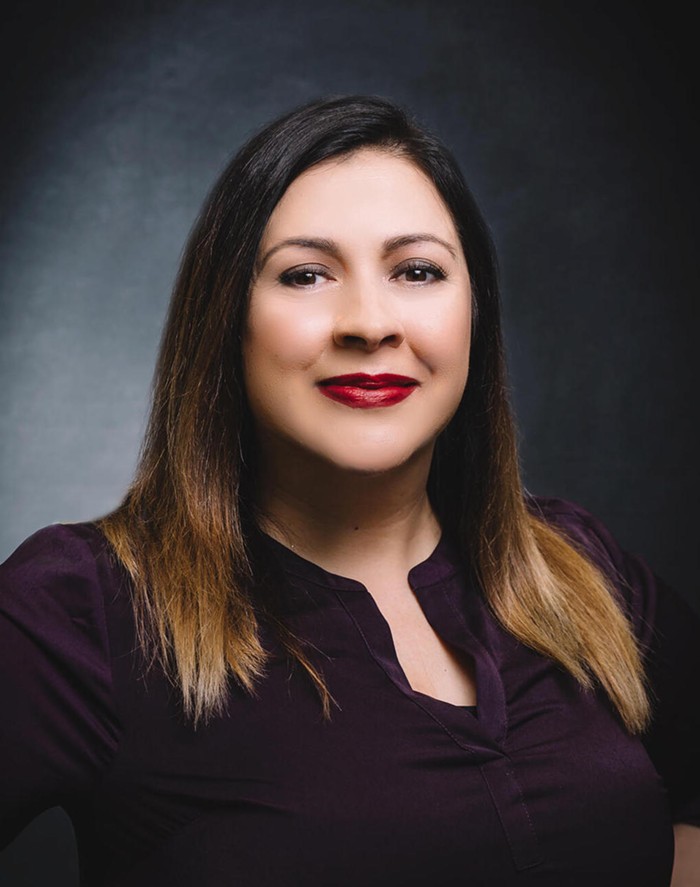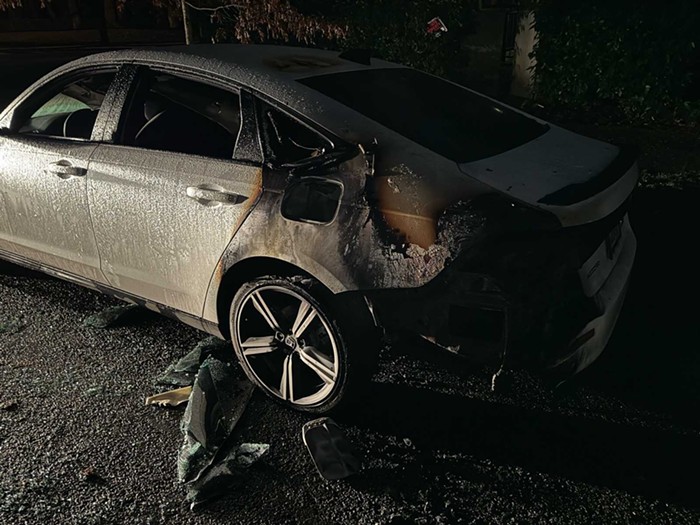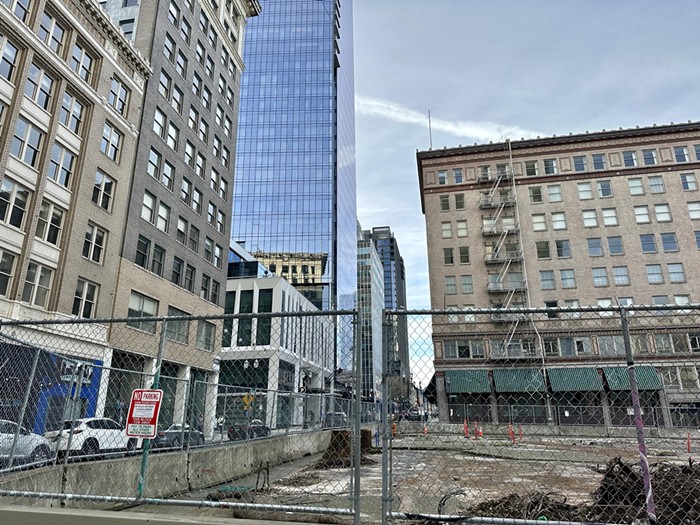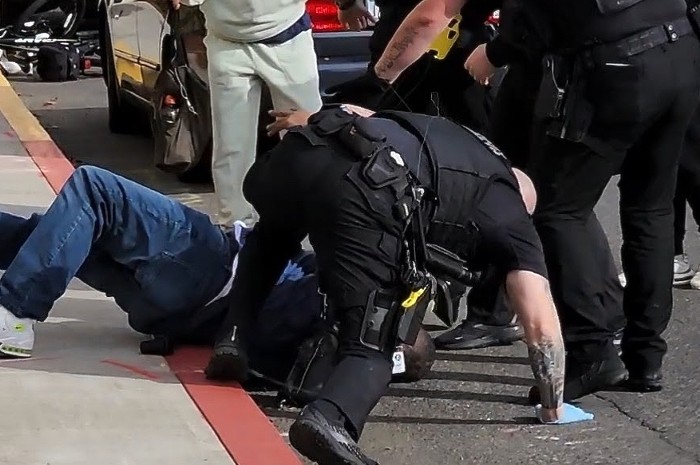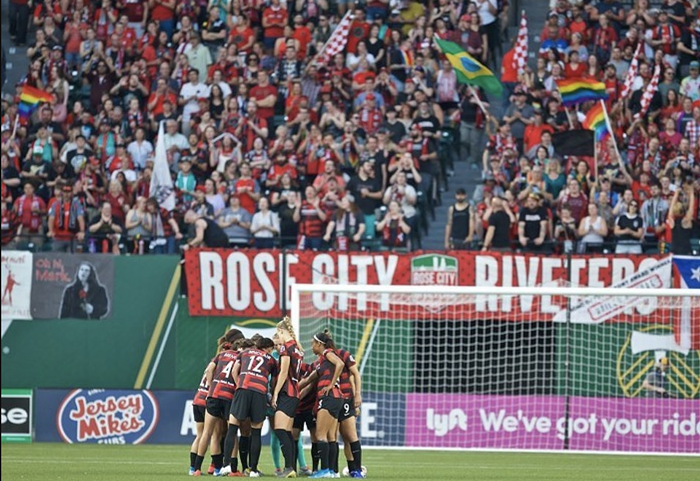
Portland met a dire record last month: With 15 homicides over a 31-day period, July contained the highest number of homicides the city had recorded in a single month for over 30 years. The Portland Police Bureau (PPB) also reported 99 shootings in July—about three times the number of shootings recorded in July 2019.
The jump in shootings and homicides came shortly after Mayor Ted Wheeler disbanded PPB’s Gun Violence Reduction Team (GVRT), a group of officers focused on investigating all instances of gun violence in Portland. The unit had faced scrutiny from Commissioner Jo Ann Hardesty and other police reform advocates for years for disproportionately pulling over Black drivers and keeping a list of suspected “criminal gang affiliates” that allowed police to surveil young men of color. Wheeler, who also serves as Portland’s police commissioner, decided to disband the unit in June, amid ongoing mass protests against police brutality and racial injustice in Portland.
Wheeler, PPB leadership, and PPB’s police union for rank-and-file officers have all lept to connect the recent spike in gun violence to the disbanding of the GVRT. PPB leaders point to the recent homicide and shooting data as a sign that the GVRT—or a unit with a similar purpose to GVRT—should be brought back.
“I’d say [people are] more emboldened, maybe, to be out with guns,” PPB Chief Chuck Lovell said at a press conference earlier this month. “They know there’s not someone watching. There’s no real deterrent there. And I think that’s part of the issue that’s causing us to see the spike we have in July.”
PPB Sergeant Brent Maxey, speaking in a recent interview with KGW, was more direct than his boss.
“I believe GVRT has proven their worth,” Maxey said. “They’ve been gone for a month, and we have shootings going through the roof.”
But local experts who study gun violence through the lenses of criminology, criminal justice, and public health say that argument is exaggerated at best, and deliberate politicization at worst. They say July’s homicide and shooting numbers likely were caused by a confluence of different factors—and that it’s far too soon to draw any hard conclusions from them.
Mark Leymon, an associate professor of criminology and criminal justice at Portland State University (PSU), told the Mercury that there’s “absolutely no evidence” that the recent disbanding of GVRT contributed to July’s numbers. When asked what the likely cause was, Leymon cautioned it’s “too early to tell” whether July’s numbers qualify as a sustained spike in violent crime.But, he said, “The single most predictive measure of criminal activity is the economy.”
The COVID-19 pandemic has caused record unemployment numbers in Oregon—and as Brian Renauer, the director of PSU’s Criminal Justice Policy Research Institute, pointed out, economic anxiety was “already there” for Portlanders who never recovered from the 2008 Great Recession.
“It was already impacting certain areas and geographies of the city for a number of years,” Renauer said. “There are places and families that have never recovered from a prior economic crisis.”
Heaped on top of economic anxiety is the stress and trauma caused by simply living through an unprecedented pandemic, Leymon said. Leymon used an analogy of a glass of water, explaining that each person has “an emotional glass that can handle a certain amount of emotion.” Many people’s glass is already nearly full because of the pandemic, meaning it doesn’t take much for them to tip over and resort to violence.
“Our emotional stress glass has water in it up to a certain base, so it’s very easy to spill over,” he said. “The spillover is when criminal activity happens… People are more likely to snap or make poor decisions when they’re stressed.”
"Americans have access to guns in ways other countries do not.”
And that isn’t just happening in Portland—cities across the US are seeing a spike in murders this summer, and other experts have theorized that the one-two punch of a pandemic and a devastating economic decline are to blame.
Kathleen Carlson, an epidemiologist at PSU’s and Oregon Health Sciences University’s joint School of Public Health, studies violence and injuries through a public health lens. She said her work is based on the premise that violence is contagious—or, as Carlson explains it, “A violent event will often lead to another violent event, which will lead to another.”
She said the isolation that comes with stay-at-home orders and social distancing may have meant people experiencing mental health crises or domestic violence didn’t get the help they needed before things turned deadly. At least five of July’s 15 homicides are the results of domestic violence, according to PPB.
“We won’t know what the exact answers are for so long, but a really solid guess for what may be behind this is stay-at-home orders, and people who don’t feel like they can’t reach out to social service or support programs in times of need,” Carlson said. “That could especially be the case in domestic violence situations, which we know will increase in times of economic distress.”
Carlson also pointed to the increase in firearms sales at the beginning of the pandemic as a possible contributing factor to the increase in shootings. In March, Oregonians underwent background checks (a necessary step before purchasing a gun) at double the normal rate. Carlson said that data “speaks to public unrest and mistrust in the structures in place that should make us safer.”
Leymon said that theory is consistent with how gun sales traditionally correlate with homicide rates in the US.
“The US is not a particularly crime-ridden country, comparative to the rest of the world,” Leymon said. “The one area in which we do have a higher rate than the world is homicide. And the research shows that what’s primarily driving that… is that Americans have access to guns in ways other countries do not.”
Eleven of July’s homicides in Portland involved guns. The other four were carried out with knives.
In addition to citing the dissolution of the GVRT, PPB officials have blamed the protests against police brutality as contributing to the spike in shootings. At a recent press conference, Lovell called the protests a “drain on resources” that kept police from focusing on crime prevention and response.
Leymon calls that reasoning “disingenuous.”
“They like to say that every day—that police are out there preventing crime,” he said. “But police don’t prevent crime, especially in Portland. Portland’s policing system is a responsive system…They’re not really doing any proactive work, they’re just there in the neighborhood. The most they can do is be a deterrent, and deterrents just aren’t very effective.”
However, Leymon said there may be an indirect link between protests and an increase in violent crime.
“You could argue that the current protests are societal stress, so that increases criminal activity,” he said. “There’s probably some truth to that. But... people of color and other marginalized communities have been feeling that stress for [hundreds of years]. It isn’t like the stress those people feel hasn’t been existing prior to the protests. It’s just, suddenly, a bunch of white people have noticed.”
Candace Avalos chairs Portland’s Citizen Review Committee (CRC), which is meant to provide oversight of PPB misconduct. Avalos said she believes protests cause a slower response time for PPB when responding to other calls for service—but said that shows that “where we choose to use our limited resources is important.”
“There’s a very strong force every night that protesters are being met with, and it’s completely disproportional,” she said. “I don’t doubt that they have not been able to answer other calls, but they have chosen to use all of their resources on protests. I think it’s weird to blame the protesters for that.”
Regardless of what is actually causing the spike in gun violence, PPB officers believe reinstating GVRT could be part of the solution. Because it was a special unit dedicated to preventing gun violence, they argue, the GVRT gave officers an opportunity to gain trust with community members, meaning they had a chance to intervene before violence occurred.
“We didn’t just go around and stop random Black people,” said Officer Rehanna Kerridge, a former GVRT member, on an August 10 episode of the PPB podcast “Talking Beat.” “Everything we did was information-based and intelligence-based, and based on relationships we had… with the intention of preventing another shooting.”
“There’s a very strong force every night that protesters are being met with, and it’s completely disproportional.”
But Renauer said there’s “no evidence that I’ve seen that what the GVRT did truly impacted homicide rates.” Renauer, Leymon, and Carlson all believe that having more community resources—such as social workers or former gang members who do outreach in neighborhoods impacted by gun violence—could help prevent shootings and homicides. But that would require more public investment in social services, rather than in the police bureau.
“Those kinds of things are not done by sworn police officers,” Leymon said. “Police training is training police to do a certain job, and they’re not equipped to do the things in those communities that will actually address crime.”
Daryl Turner, president of the Portland Police Association (the union for PPB’s rank-and-file officers), also believes that more investment is needed to curb gun violence—but for Turner, that money needs to go to PPB. In a June statement, Turner wrote that PPB’s “funding is constantly threatened and our staffing inadequate,” and that by disbanding the GVRT, Wheeler was “removing another tool in preventing violence in our city.”
Through her role with CRC, Avalos regularly goes on ride-alongs with PPB officers. Avalos said she’s heard from police officers who are frustrated that they don’t have more ways to help Portlanders they come in contact with, particularly ones who could benefit from social services like mental health counseling or drug addiction treatment.
“‘We have no way to help these people,” Avalos remembered one officer telling her. “‘We don’t know where to tell them to go, and there aren’t enough low-barrier options for them to get what they need.’”
Avalos said she understands the frustration of officers who don’t know how to deal with issues that ought to be covered by social services. The answer, she said, is to think “beyond police” when addressing them—and that might mean redirecting funding from PPB to other services.
“I reject that talking point that we have to keep throwing money at this one thing that continues to not produce results for us as a community,” she said. “What that translates into is, we need to move money around. And you [PPB] are not going to get all the money.”

